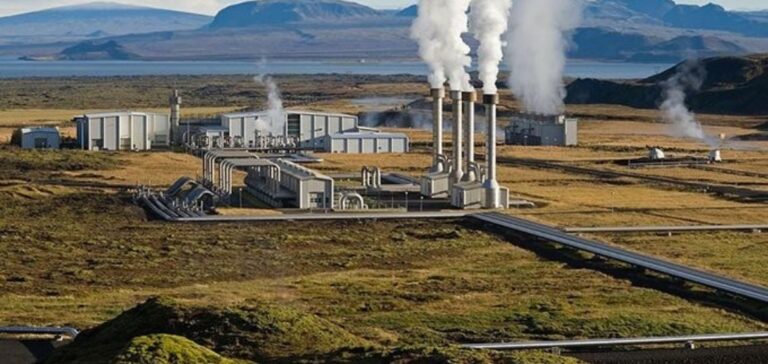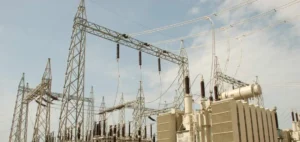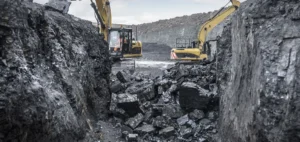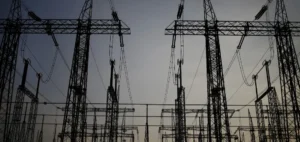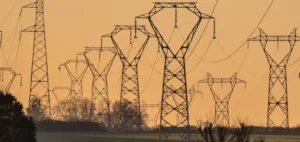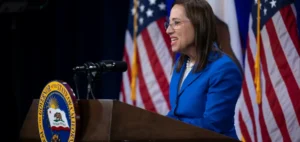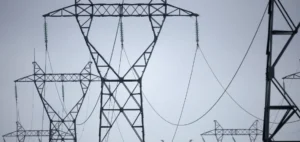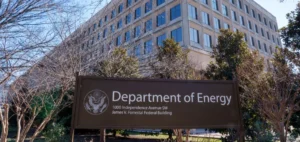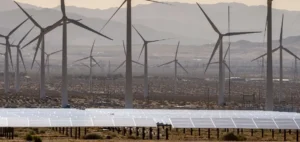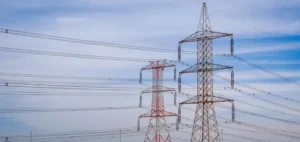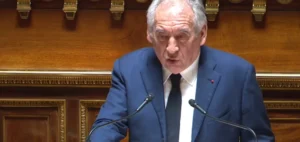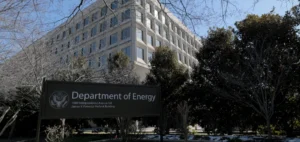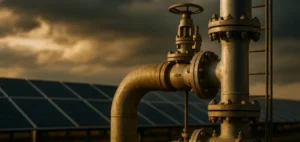The *California Public Utilities Commission* (CPUC) recently approved a centralized clean energy procurement plan to secure up to 10.6 GW of new capacity.
This plan includes 7.6 GW of offshore wind, 1 GW of geothermal energy, as well as 2 GW of long-term energy storage capacity, part of which is dedicated to multi-day storage, essential for grid stability.
This centralized strategy, overseen by the *California Department of Water Resources* (DWR), aims to simplify and accelerate the deployment of these critical technologies.
The aim is to overcome current economic barriers through economies of scale, thereby reducing unit costs and improving the integration of these resources into the existing network.
Optimizing the Energy Mix and Financing
Based on this centralized plan, the CPUC intends to strengthen the state’s energy resilience by diversifying energy sources.
The DWR is tasked with leading the bidding process for the acquisition of these long-term resources.
The centralized approach aims not only to accelerate complex projects with long lead times, but also to ensure that these initiatives remain economically viable through carefully negotiated contracts.
One of the major challenges identified is the financing of these projects.
While the CPUC has provided mechanisms to avoid excessive cost increases for consumers, it is also considering diversifying funding sources beyond electricity bills alone.
This approach includes exploring additional private and public funding to ensure the long-term viability of the project.
Prospects for California’s Energy Future
The 10.6 GW plan is part of California’s broader strategy to achieve 100% clean energy production by 2045.
By setting clear targets for offshore wind and other technologies, California is positioning itself as a leader in energy innovation.
The DWR, as the central entity, is responsible for ensuring that these projects achieve their objectives on schedule, while respecting economic and technical constraints.
In addition, the CPUC recently approved several legislative measures to simplify approval procedures for solar and wind power projects, which should speed up their implementation.
In addition, the signing of a USD 12.6 billion agreement by the US Department of Energy for the creation of a hydrogen hub in California shows that the state is continuing to strengthen its clean energy reserves, confirming its commitment to a sustainable energy future.


